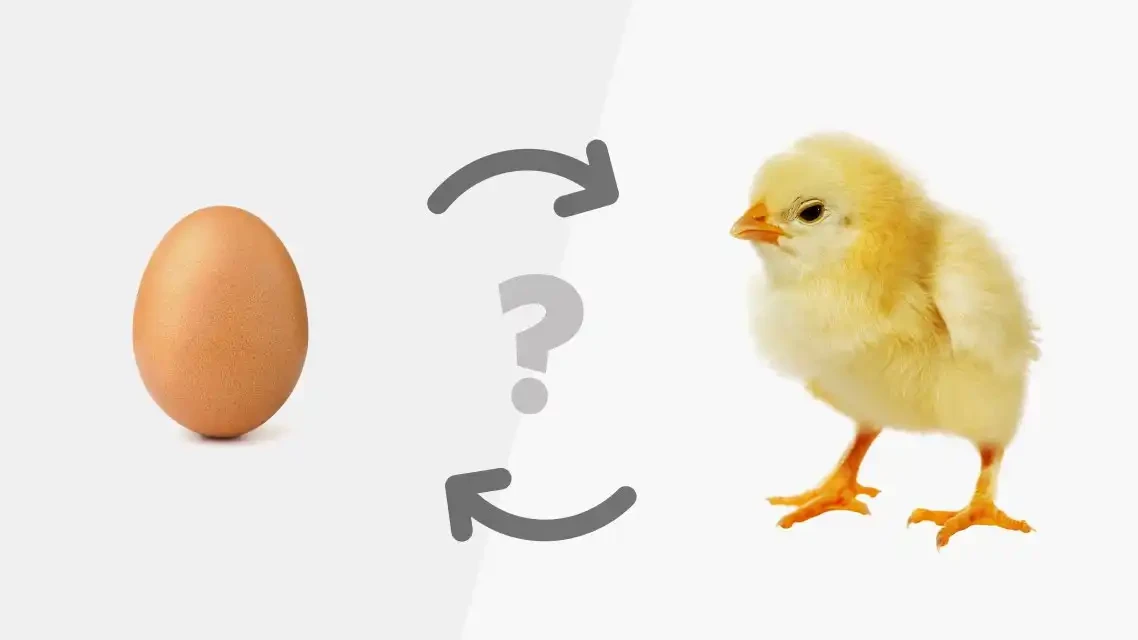After TGE, we will explain the business models behind AI concept projects io.net and Aethir
Original author: 0xTodd , co-founder of Ebunker (X: @0x_Todd )
It just so happens that two AI concept projects, $IO and $ATH, have recently held TGE one after another, so I would like to talk about them briefly.
In the final analysis, this is a very classic business model:
First, lets talk about a scenario. On the left are some AI startups and some game rendering companies. Im talking about startups, not those very mature big companies, such as OpenAI. On the right are people with a lot of graphics card resources who want to make use of those idle graphics cards, such as 4090, 3090, A100, H100.
AI startups can use these idle graphics cards to bring benefits to those who have graphics cards, while at the same time offering lower prices than traditional ones. So, if there is a platform that connects these needs and resources, a classic platform business model will be born.
So @ionet and @AethirCloud discovered this market opportunity and decided to build platforms to “introduce” idle graphics cards to AI or rendering companies. This is meaningful in itself, because these AI companies may not be able to purchase a large number of graphics cards on their own.
First, these AI companies do not want to buy a large number of graphics cards themselves because the cost is too high. They prefer to be able to rent graphics cards flexibly at any time. Secondly, graphics cards are still in short supply internationally, and there are even some embargoes. Therefore, many companies are forced to choose some overseas third-party white gloves to do the transfer, which also brings a lot of costs and gray areas. Therefore, a decentralized facility is very important, which is also the market demand discovered by the two projects IO and Aethir.
However, the problem of which came first, the chicken or the egg still needs to be solved. AI start-ups are willing to join because they first recognize that there are a lot of graphics card resources on the platform, and people with graphics cards are willing to hang on the platform because they first believe that there will be a lot of orders.
However, if the platform starts from scratch, without many graphics cards and companies, it will be very difficult to start. So, this is why these companies or platforms need Crypto, because Crypto can help them break this cycle.
IO chose a route of having chickens first. It doesnt matter if there are no orders, token subsidies can be used to accumulate graphics cards first. They launched the Ignition Plan, and at its peak, there were hundreds of thousands of graphics cards hanging on IO.
This is also the significance of the existence of a decentralized computing power platform with a token model. Many people may ask, these coins are not enough for subsidies, do they have any meaning or function in themselves?
IO and Aethir have both chosen a common and effective approach. Their future platforms will of course support the use of fiat currency or stablecoins as payment, but they also thoughtfully provide the option of paying with IO tokens or ATH tokens, which can waive some fees.
I think this is a good choice. It does not force users to use their own tokens, but also brings some functions to their own tokens. Whether it is a 2%, 3%, or 5% discount, every little bit counts. This will also encourage users who need to pay to hold these tokens in disguise. Regardless of whether it will be cashed out in the future, this is a very good thing for chip diversification.
In terms of building an ecosystem, IO and Aethir have different ideas. The Aethir team took a different approach, because there are many AI classification platforms now, and as far as I know, there may be no less than 20. So how to gain an advantage in the competition?
Aethir previously sold a virtual mining machine called CheckerNode, and later sold Edge mining machines. This method is very effective in maintaining the community base. Because when many people have some sunk costs with you, they will focus more on this community and are not likely to leave.
Whether it is buying a virtual mining machine CheckerNode or a physical mining machine Edge mining machine, once sold, it is not easy for users to migrate to other platforms. Therefore, in the bull market, time and progress are everything. Aethir has chosen a similar idea to the horse racing and enclosure, first circle everyone into the community, which is also a very effective strategy.
What does CheckerNode do? Aethir assumes that these idle graphics cards may come from all over the world. Compared with the computer room, this has a disadvantage, which is that stability may be affected. People who are familiar with network architecture may know this.
So it added a new role. Originally, the left hand was the person with demand, and the right hand was the person with equipment. He added a third party, the inspector, who constantly checked the working condition of the graphics card and the order processing, and obtained tokens through inspection.
In tokenomics, ATH leaves part of the Token Distribution to the checkers. CheckerNode is a virtual mining machine, which allowed many people to join this ecosystem in the early stage, which is an effective market idea. The market response is also very good. According to official data, CheckerNode sold more than 100 million US dollars on Arb, which is a very strong result.
At the same time, many people also like real mining machines, so Aethir launched the Edge mining machine. The Edge mining machine is a physical mining machine that can be bought and placed at home. This approach is to meet the needs of different customer groups. Some people need virtual mining machines, and some people need physical mining machines. Aethir has gained a certain advantage in the competition by launching these products.
Both projects are computing power platform projects, so it will be easy to cooperate with the outside world because they will both produce standardized products such as graphics cards in the future. This may also be the reason why GPU computing power standardization companies like Dbunker can cooperate with both companies. Because they are all dealing with graphics cards, many people say that graphics cards are the oil of the new era, which is a good metaphor. Dealing with such standardized products also allows them to have a wider scope of cooperation.
The last difference is that IO is part of the SOL ecosystem. Aptos has also invested in it, so it is very likely that it will be on Aptos. Aethir is mainly on Ethereum and Arbitrum, with the ATH token on Ethereum and CheckerNode on Arbitrum. So from an ecological perspective, the two projects are vaguely independent and have their own spheres of influence.
But whats so coincidental is that the two projects have cooperated with each other, and even have an intimate token swap, which makes the originally vague competition turn into a harmonious state of Peace Love.
Finally, the tickers of both projects are also interesting. IO is the abbreviation of Input Output of calculator, which is also a classic domain name suffix. ATH is the abbreviation of All Time High, which is a common term in Crypto and seems to hint at the difference between the two.
This article is sourced from the internet: After TGE, we will explain the business models behind AI concept projects io.net and Aethir
Original author: Duncan Original translation: TechFlow While Rune is stealing the show, Bitcoin developers are hard at work introducing a Frankenstein-like monster on top of the world’s most trusted blockchain. Because Bitcoin can take so many different forms, you might think of Bitcoin’s second layer as more of a venture capital gimmick than a cutting-edge development in finance. But, dear reader, please note that Bitcoin is much more than people think. Example? Okay. Bitcoin is like an onion with many layers. In the current case of Bitcoin, there is L2, an emerging narrative that promises to bring Bitcoin into decentralized finance, providing people with lucrative returns. But, like an onion, there are different kinds, and how they are prepared is important. Will the high-end technology attract new users, or just…








